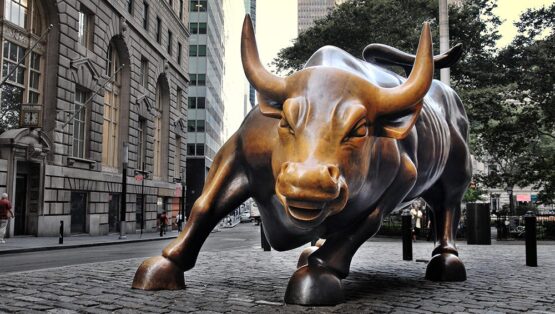You probably think money has always been what it is now — paper, numbers on a screen, something that just works. But there was a day, not so long ago, when that illusion cracked. The day money stopped being real.
It was August 15, 1971. President Richard Nixon appeared on television — calm, measured, the flag behind him, the words “temporary measure” on his lips. He told Americans that the United States would “suspend the convertibility of the dollar to gold.”
What he didn’t say outright was that the world’s financial foundation had just shifted beneath everyone’s feet.
For decades before that, the U.S. dollar was tied to gold — literally. You could trade your paper for a set amount of the metal, and every dollar printed represented something physically stored in vaults at Fort Knox or the Federal Reserve. It wasn’t perfect, but it was a system people trusted. Gold was tangible. You could touch it, weigh it, measure it.
But by the late 1960s, America was drowning in debt from the Vietnam War and new social programs. More dollars were being printed than the gold reserves could cover. Other countries noticed. France, famously skeptical, began demanding gold in exchange for its dollars. Shiploads of the metal left U.S. shores. The illusion of perfect backing was unraveling.
Behind closed doors, economists debated. Politicians worried. What happens when the world’s reserve currency runs out of gold?
So that Sunday night, Nixon went on television. His words were calm, almost routine, as if announcing a mild policy adjustment. But in that single moment, the dollar was untethered from anything real. Money became an abstraction — a promise rather than a commodity.
And the strangest part? Most people didn’t notice.
The next morning, the world went to work. Banks opened. Paychecks cleared. Nothing seemed to change. Bread still cost what it cost. Gas stations still sold fuel. But beneath that apparent normalcy, the gears of global finance had shifted permanently.
Because once money was no longer linked to gold, it could expand infinitely. Governments could print more, borrow more, manipulate interest rates to control economies. Debt — which once had physical limits — became theoretical.
Economists later called this the birth of “fiat money” — currency that holds value simply because the government says it does. The entire system now runs on trust. Trust that a piece of paper or a digital balance represents something real. Trust that the people in charge know what they’re doing.
That’s the unsettling part. Once you see it, you can’t unsee it.
Every time a country announces a bailout, or a trillion-dollar budget, or a quantitative easing program, it’s operating in the post-1971 world — one where money is no longer a finite resource but a tool of policy. A belief system.
And this isn’t just about economics. It’s about perception.
For most of human history, money had to be something — shells, salt, gold, silver. Something that resisted decay. Something that took work to find. When Nixon cut that final link, he didn’t just change accounting systems; he changed how humans think about value itself.
From that day forward, money became story-driven. Numbers on screens, faith in institutions, the collective agreement that these symbols mean something. The dollar’s strength became not about gold, but about confidence — confidence in America’s stability, its military, its reputation.
If confidence falters, value falters.
And that’s where it gets eerie. Because the entire global economy — tens of trillions of dollars — now rests on something invisible: belief. A kind of shared hypnosis.
Every credit card swipe, every mortgage, every salary, every digital transfer — all of it depends on that same fragile agreement.
The gold standard was heavy, slow, limiting. But it was also grounding. The fiat world is lighter, freer, faster. It allows growth, innovation, expansion. And yet, it also allows bubbles, crashes, and the strange sense that money itself is slipping further from reality.
Some economists still argue it was inevitable — that tying currency to gold would have strangled global trade and progress. Others quietly suggest that 1971 was the moment when debt became the world’s true currency, and everything since has been a kind of managed illusion.
Half a century later, the effects ripple everywhere — from inflation charts to cryptocurrency, from corporate debt to personal savings. And if you zoom out far enough, it almost looks like humanity traded something solid for something that only exists because we agree it does.
Maybe that’s the real price of progress — learning to believe in something that isn’t there.
If this story made you pause, don’t let it disappear again. Look it up. Read the records. The truth is there if you search for it.
Follow us on Facebook and Instagram for the latest updates and exclusive content!










